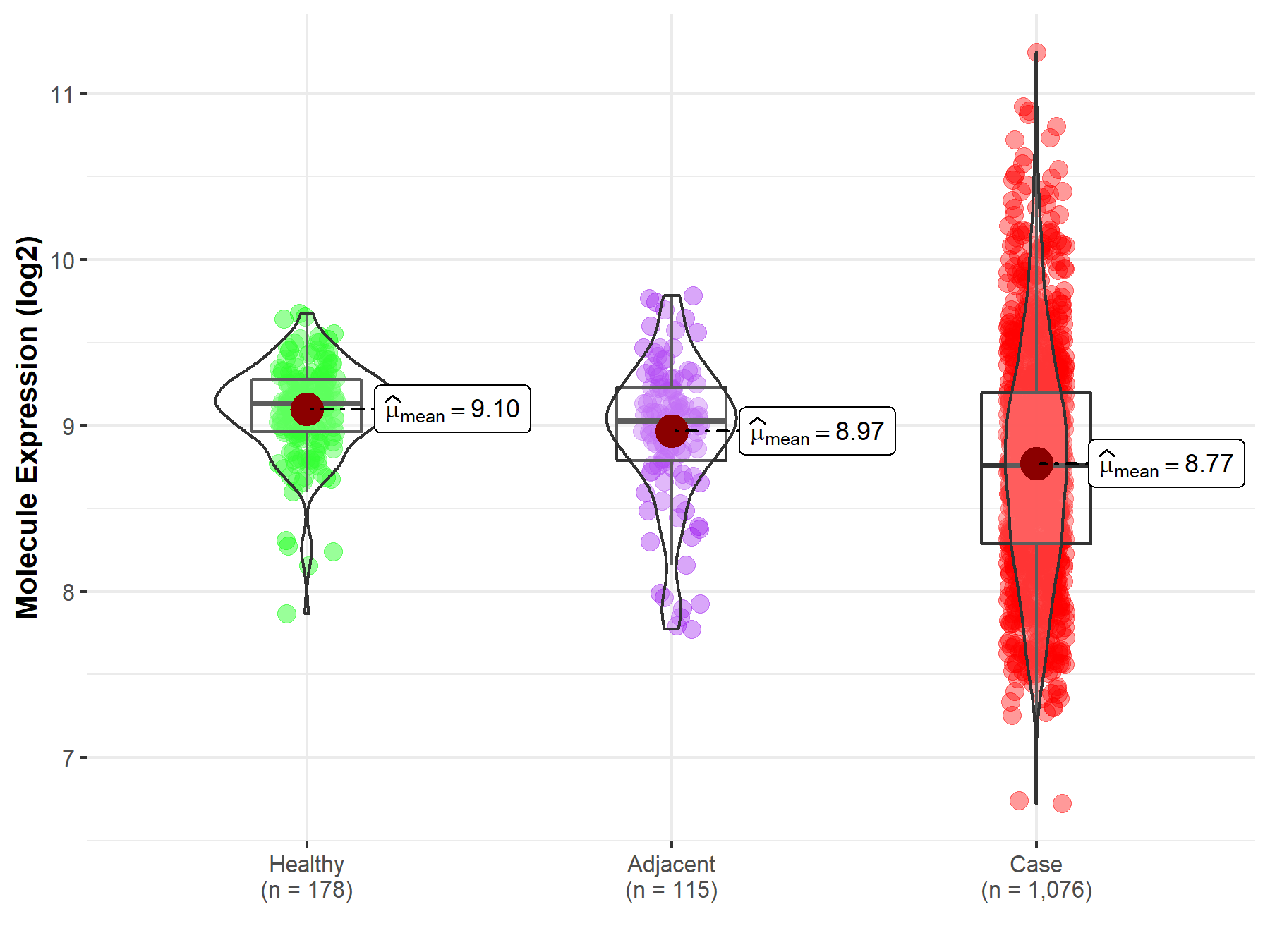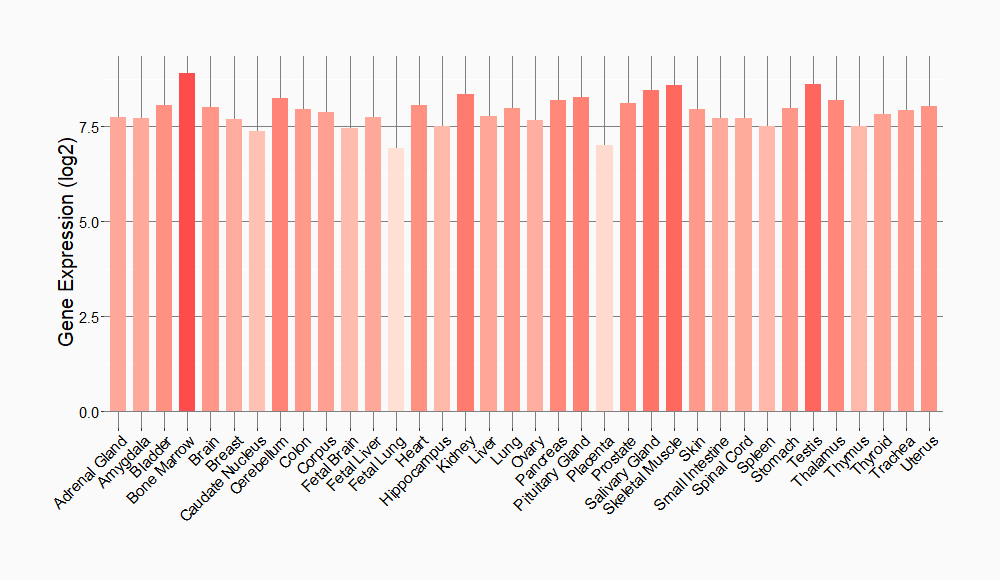Molecule Information
General Information of the Molecule (ID: Mol00246)
| Name |
BAG family molecular chaperone regulator 1 (BAG1)
,Homo sapiens
|
||||
|---|---|---|---|---|---|
| Synonyms |
BAG-1; Bcl-2-associated athanogene 1; HAP
Click to Show/Hide
|
||||
| Molecule Type |
Protein
|
||||
| Gene Name |
BAG1
|
||||
| Gene ID | |||||
| Location |
chr9:33247820-33264720[-]
|
||||
| Sequence |
MAQRGGARRPRGDRERLGSRLRALRPGREPRQSEPPAQRGPPPSGRPPARSTASGHDRPT
RGAAAGARRPRMKKKTRRRSTRSEELTRSEELTLSEEATWSEEATQSEEATQGEEMNRSQ EVTRDEESTRSEEVTREEMAAAGLTVTVTHSNEKHDLHVTSQQGSSEPVVQDLAQVVEEV IGVPQSFQKLIFKGKSLKEMETPLSALGIQDGCRVMLIGKKNSPQEEVELKKLKHLEKSV EKIADQLEELNKELTGIQQGFLPKDLQAEALCKLDRRVKATIEQFMKILEEIDTLILPEN FKDSRLKRKGLVKKVQAFLAECDTVEQNICQETERLQSTNFALAE Click to Show/Hide
|
||||
| Function |
Co-chaperone for HSP70 and HSC70 chaperone proteins. Acts as a nucleotide-exchange factor (NEF) promoting the release of ADP from the HSP70 and HSC70 proteins thereby triggering client/substrate protein release. Nucleotide release is mediated via its binding to the nucleotide-binding domain (NBD) of HSPA8/HSC70 where as the substrate release is mediated via its binding to the substrate-binding domain (SBD) of HSPA8/HSC70. Inhibits the pro-apoptotic function of PPP1R15A, and has anti-apoptotic activity. Markedly increases the anti-cell death function of BCL2 induced by various stimuli.
Click to Show/Hide
|
||||
| Uniprot ID | |||||
| Ensembl ID | |||||
| HGNC ID | |||||
| Click to Show/Hide the Complete Species Lineage | |||||
Type(s) of Resistant Mechanism of This Molecule
Drug Resistance Data Categorized by Drug
Approved Drug(s)
1 drug(s) in total
| Drug Resistance Data Categorized by Their Corresponding Mechanisms | ||||
|
|
||||
| Disease Class: Lung adenocarcinoma | [1] | |||
| Resistant Disease | Lung adenocarcinoma [ICD-11: 2C25.0] | |||
| Resistant Drug | Cisplatin | |||
| Molecule Alteration | Expression | Up-regulation |
||
| Experimental Note | Identified from the Human Clinical Data | |||
| In Vitro Model | A549 cells | Lung | Homo sapiens (Human) | CVCL_0023 |
| A549/DDP cells | Lung | Homo sapiens (Human) | CVCL_0023 | |
| In Vivo Model | Nude mouse xenograft model | Mus musculus | ||
| Experiment for Molecule Alteration |
Luciferase reporter assay; Western blot analysis | |||
| Experiment for Drug Resistance |
Flow cytometric analysis; TUNEL assay; MTT assay; Colony formation assay | |||
| Mechanism Description | LncRNA XIST overexpression in A549 cells increased their chemosensitivity to cisplatin both in vitro and in vivo by protecting cells from apoptosis and promoting cell proliferation. The function of LncRNA XIST in LAD cells is partially exerted via competitive sponging of let-7i, preventing the inhibition of BAG-1. | |||
Disease- and Tissue-specific Abundances of This Molecule
ICD Disease Classification 02

| Differential expression of molecule in resistant diseases | ||
| The Studied Tissue | Lung | |
| The Specified Disease | Lung cancer | |
| The Expression Level of Disease Section Compare with the Healthy Individual Tissue | p-value: 2.01E-26; Fold-change: -3.75E-01; Z-score: -1.37E+00 | |
| The Expression Level of Disease Section Compare with the Adjacent Tissue | p-value: 2.18E-05; Fold-change: -2.68E-01; Z-score: -6.34E-01 | |
|
Molecule expression in the normal tissue adjacent to the diseased tissue of patients
Molecule expression in the diseased tissue of patients
Molecule expression in the normal tissue of healthy individuals
|
||
| Disease-specific Molecule Abundances |

|
Click to View the Clearer Original Diagram |
Tissue-specific Molecule Abundances in Healthy Individuals


|
||
References
visits since 2022
If you find any error in data or bug in web service, please kindly report it to Dr. Sun and Dr. Zhang.
